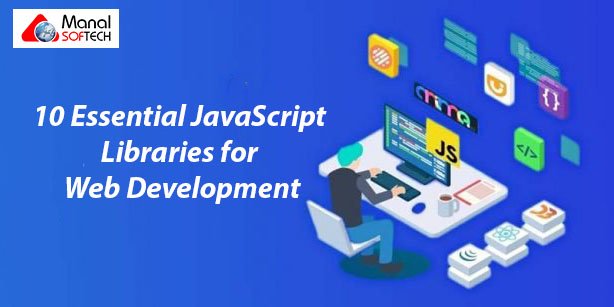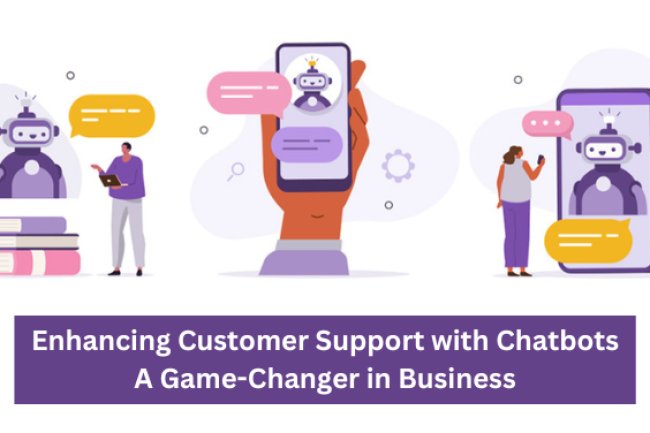10 Essential JavaScript Libraries for Web Development

JavaScript has become the backbone of modern web development, powering dynamic and interactive websites and applications. While JavaScript alone offers a powerful set of capabilities, leveraging the right libraries can significantly enhance your development workflow and help you build robust and feature-rich web projects. In this blog post, we will explore ten essential JavaScript libraries that every web developer should have in their toolkit. These libraries cover a wide range of functionalities, addressing common challenges and providing valuable solutions to elevate your web development game.
React.js:
React.js has gained immense popularity for its component-based architecture, allowing developers to build reusable UI components. With its virtual DOM and efficient rendering, React.js ensures optimal performance and seamless user experiences.
Angular.js:
Angular.js, maintained by Google, provides a comprehensive framework for building complex web applications. Its two-way data binding and dependency injection simplify development and testing, making it a go-to choice for large-scale projects.
jQuery:
jQuery is a fast and lightweight JavaScript library that simplifies DOM manipulation, event handling, and AJAX requests. It streamlines common tasks, making it easier to build interactive websites across different browsers.
D3.js:
D3.js is a powerful library for data visualization. It offers an extensive set of tools for creating dynamic and interactive charts, graphs, and maps. With support for SVG and CSS, D3.js provides unmatched flexibility and customization options.
Lodash:
Lodash is a utility library that provides a plethora of handy functions to manipulate arrays, objects, strings, and more. Its performance optimizations and compatibility with modern frameworks make it an invaluable asset for JavaScript developers.
Moment.js:
Handling dates and times in JavaScript can be complex, but Moment.js simplifies the task. It offers a comprehensive suite of functionalities for parsing, manipulating, and formatting dates, making working with dates a breeze.
Axios:
Axios is a popular promise-based HTTP client that simplifies making AJAX requests. With features like request cancellation, interceptors, and support for both browsers and Node.js, Axios streamlines the process of working with APIs.
Chart.js:
When it comes to creating stunning charts and graphs, Chart.js is a go-to library. It provides an intuitive and customizable API for building responsive and visually appealing charts, making data visualization a seamless experience.
Redux:
Managing application state can be challenging, but Redux simplifies the process. As a predictable state container, Redux enables you to centralize and manage your application's state, facilitating easier debugging and maintainability.
Three.js:
Three.js brings the power of 3D graphics to the web, allowing developers to create interactive 3D animations, games, and virtual reality experiences. With WebGL integration, Three.js unlocks a new dimension of web development possibilities.
As a web developer, having a solid set of JavaScript libraries in your toolkit is essential for streamlining development, enhancing functionality, and delivering exceptional user experiences. The ten libraries mentioned above cover a wide range of use cases, from user interface development and data visualization to API interaction and 3D graphics. By incorporating these essential JavaScript libraries into your projects, you'll be equipped to tackle complex challenges and elevate your web development skills to new heights. Experiment with these libraries, explore their capabilities, and unlock the full potential of JavaScript in your web development journey.
What's Your Reaction?















